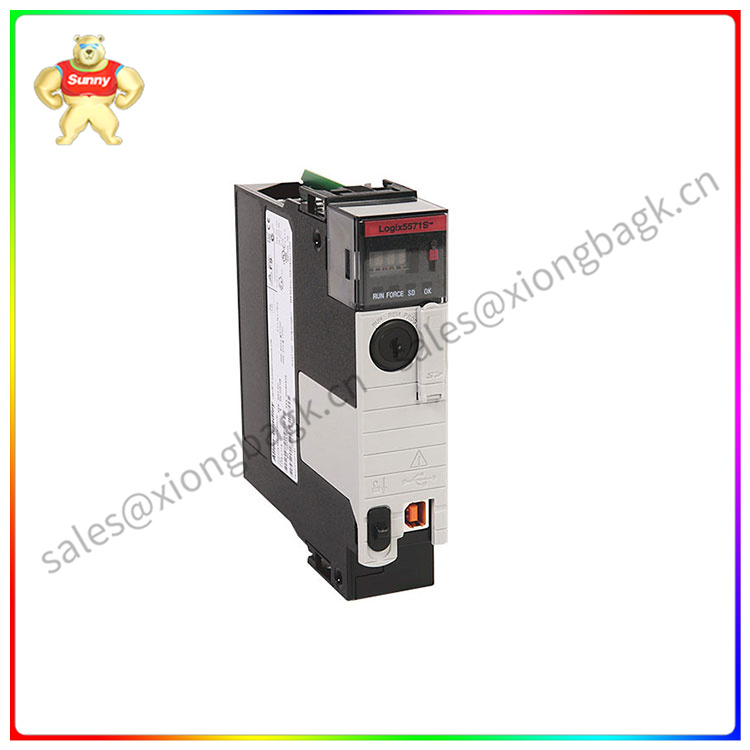For example, in the education and scientific research industry, it is also quite common for educational equipment, teaching AIDS, and laboratory applications, and some are purchased by enthusiasts and geeks to achieve secondary development and so on.
It can be said that the current application scenario of robots has been very extensive, and it is setting off a new round of industry reform boom in the trend of competing for flowers. However, the problem is that for the 90% of small and medium-sized enterprises in China, the price of robots now is tens of thousands or even hundreds of thousands, which is indeed still a large amount.
This also makes the current, although the robot + boom, but many business owners consider the comprehensive cost, still prefer to use traditional labor, or the industry transfer to the industrial chain gradually formed in Southeast Asia, rather than the automation of the production line reform.
Such problems will inevitably cause trouble to many manufacturing entrepreneurs and the introduction of automation equipment managers, and will directly affect the depth of the “robot +”.
How to solve this kind of contradiction? We found that Faoiwei, which has wanted to be the popularizer of collaborative robots since its inception, is driving change in the industry through its own methods.
It is worth mentioning that in the key parameter part, the FR3 cooperative robot load is 3kg, the arm span is 622mm, and the repeated positioning accuracy can reach ±0.02mm. The FR5 cooperative robot has a load of 5kg, a arm span of 922mm, and repeated positioning accuracy of ±0.02mm.
In the context of the era of robot +, this extremely cost-effective product may promote the rapid introduction of intelligent innovation achievements of robots into various industries, achieve further cost reduction and efficiency, and deeply integrate this new economic form of “robot +” into various fields of economy and society.
The ultimate cost-effective original intention

1756-L71S
As for why such an extreme price is necessary, everything may start from the original intention of the FaO-Yiwei team.
In the increasingly fierce competition in the manufacturing market, FaO-Yiwei robots visited a large number of enterprises when conducting two product design investigations, thus discovering the transformation problems still faced by the current manufacturing industry.
At present, in many traditional manufacturing fields, there are still 80% of enterprises have not been exposed to collaborative robots, or have used robots, but for various reasons, the use of poor results, so with a negative view of robots.
In the decades of robotics, this is no accident.
For some large enterprises, the deployment time of traditional industrial robots is too long, the programming is too complex, and the dependence on professional technicians is very strong. In some small and medium-sized enterprises, due to the limited production area of the plant, it is difficult to meet the requirements for the isolated area.
And especially in small and medium-sized enterprises, the current product manufacturing has been more efficient, the degree of standardization is high, and the multi-batch small batch production method is more common. This requires robots to be more flexible and easier to deploy in order to solve the remaining challenges in cognition and application in these industries.
If we calculate the labor cost, the current conclusion that conforms to the expectation of the business owner for the robot should be that a cooperative robot can replace the same proportion of labor in the same time, so the price estimate is just similar to the price of the Fao-Iwei robot.
It can be judged that rigorous market research and analysis may also be an important reason for the original FaO-Yiwei robot to create two extremely cost-effective products.
However, in the development of the robot industry for many years, many companies have been trying to balance price and performance, the ultimate price is inherently difficult, not to mention able to complete collaboration with people, flexible deployment, so as to truly reduce the production line, the heavy labor burden of workers.
With the current domestic and foreign collaborative robot equal demand scenario, want to robot not only can really have the development foundation, but also have more advantages in terms of price, which is bound to be a difficult proposition, many companies in thinking about how to achieve compatibility and balance on the issue of headache.
However, due to Faoiwei’s insistence on “making a collaborative robot affordable from industry to business to home” and its continuous exploration on the difficult road of independent research and development and the constant change of technology, Faoiwei’s technical staff team expanded rapidly in a few years of development and accounted for 70% of the entire company’s employees.
 中文版
中文版




